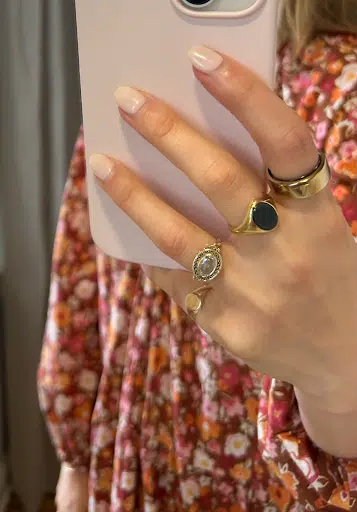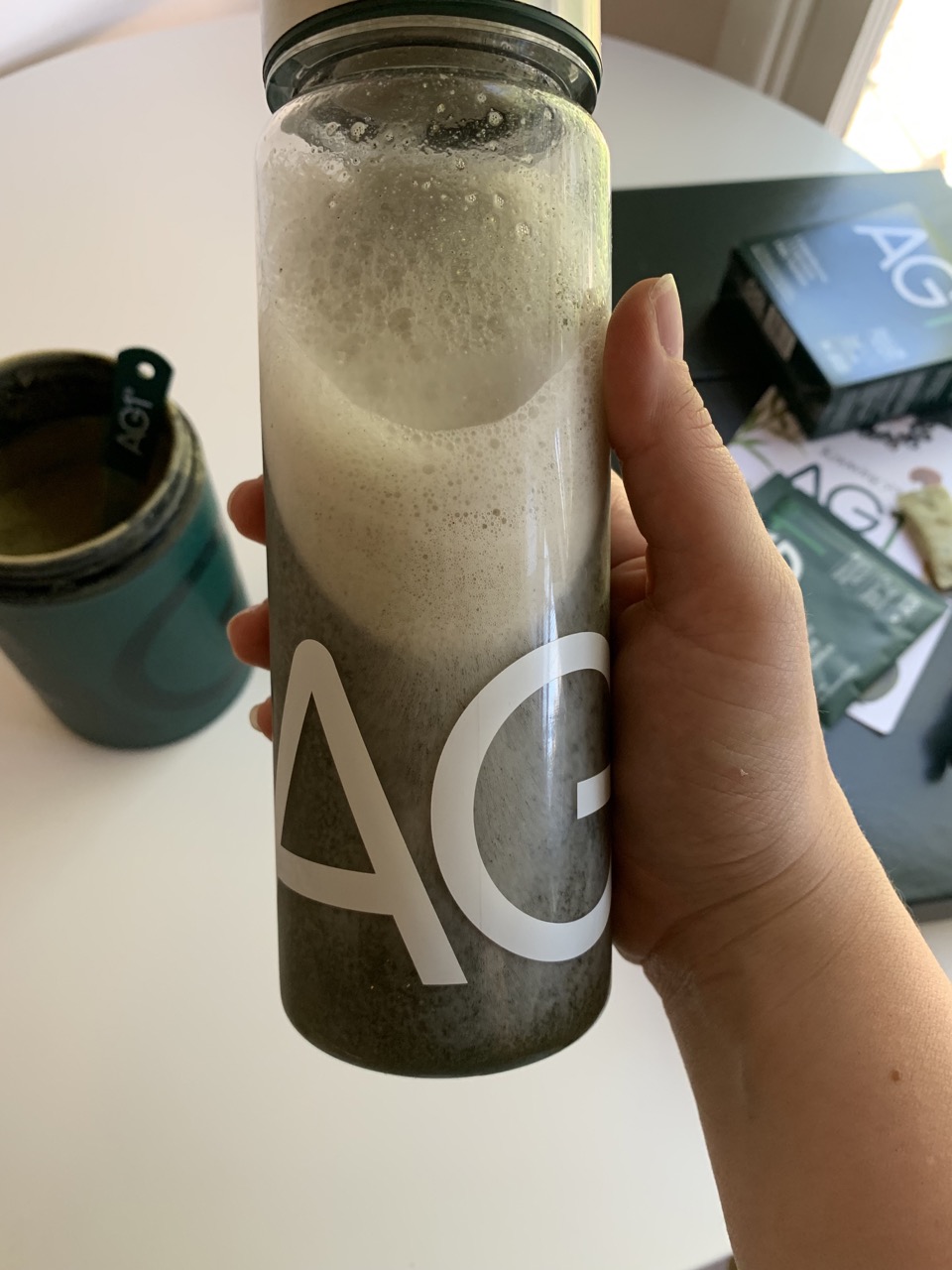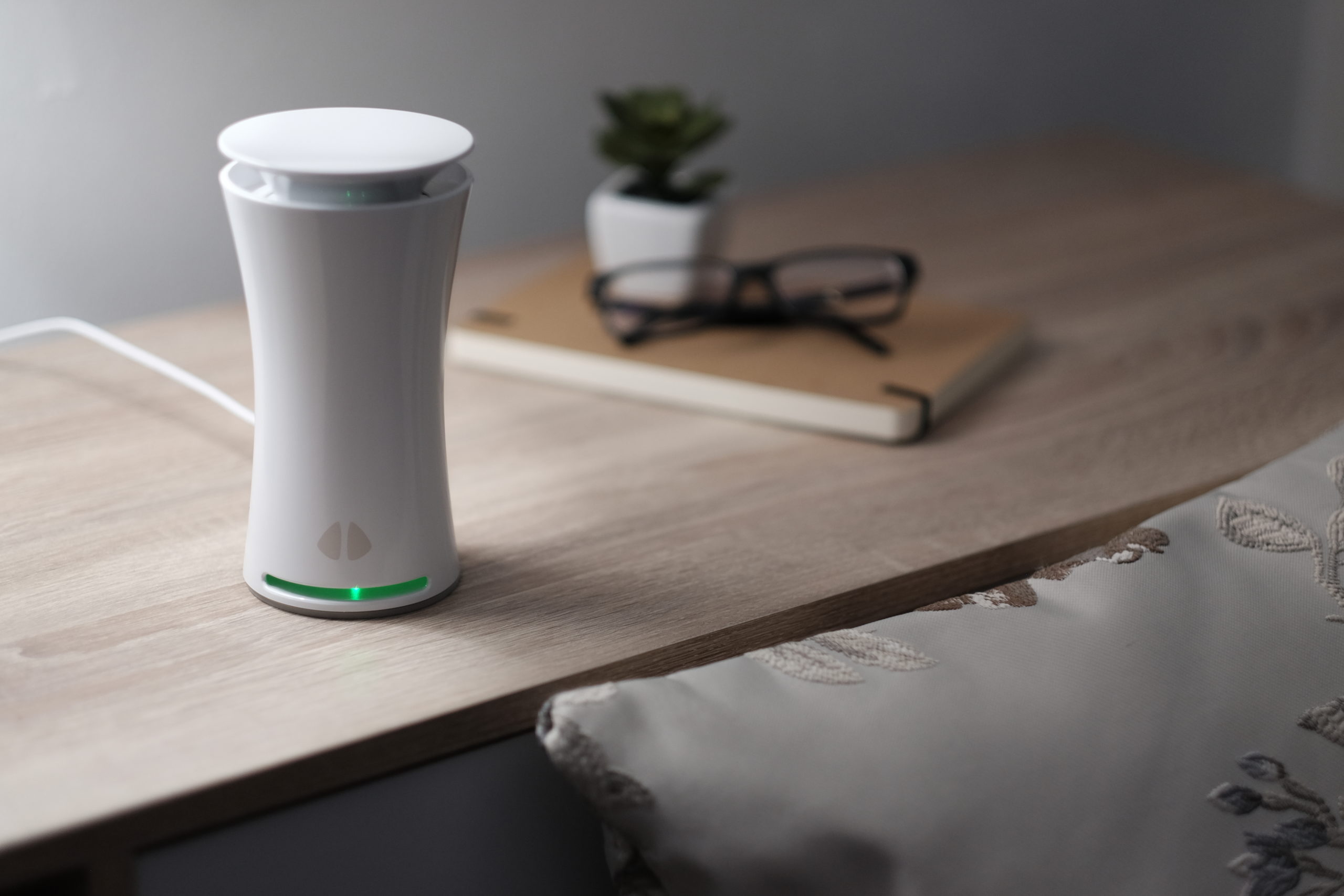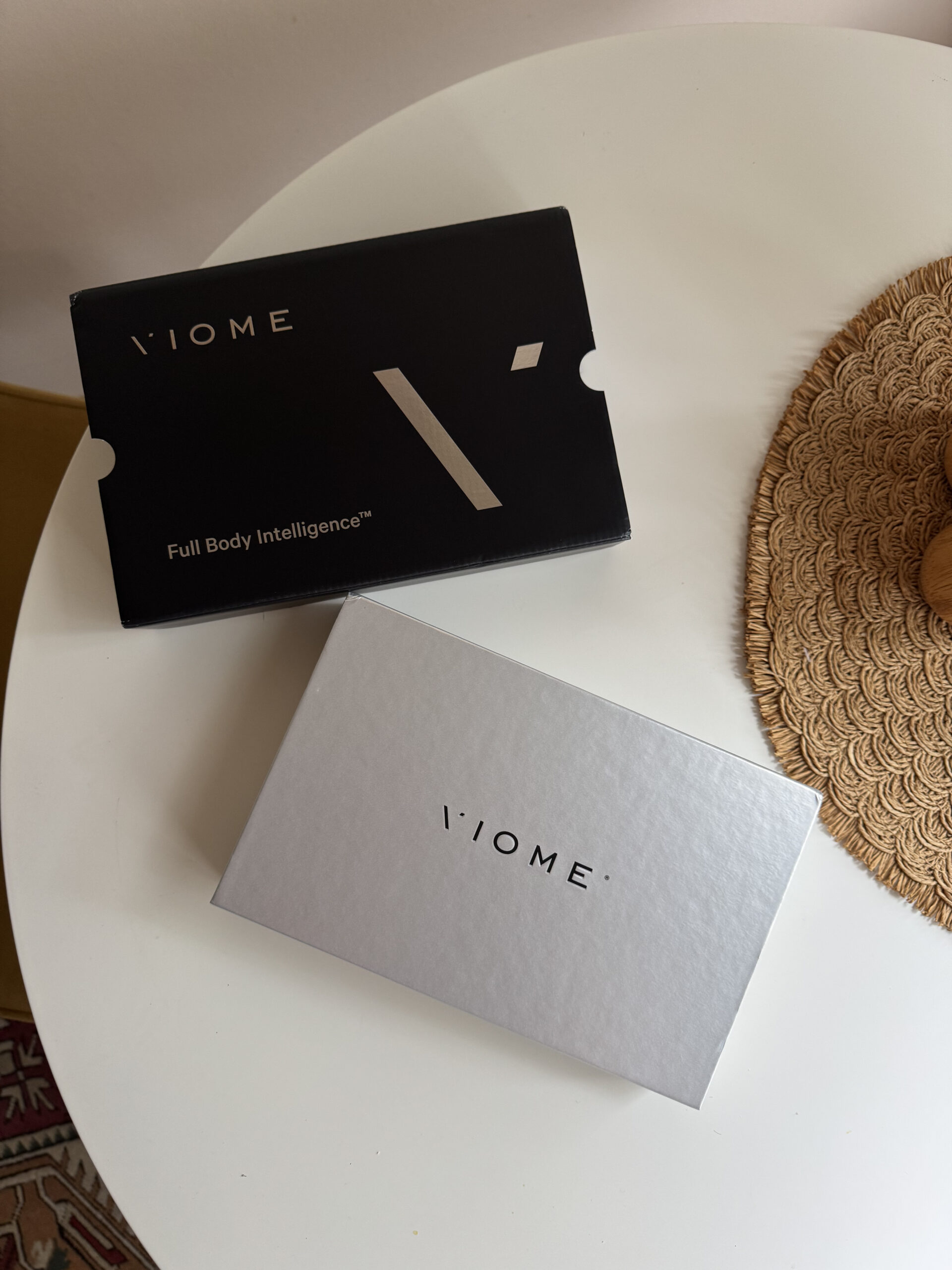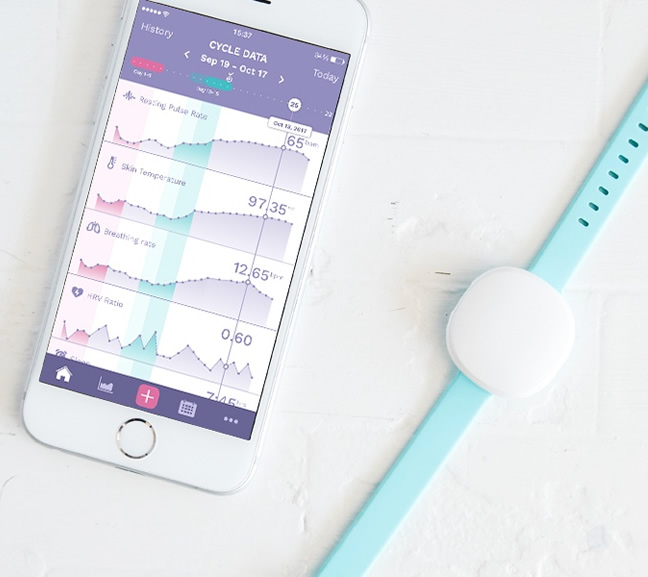
How I’m Using Ava To Track My Fertility
Good Gear editors endorse products we’ve personally researched, tested, and genuinely love. Learn more about our methodology and business model here.
GOOD GEAR RATING — 8/10 STARS
Summary: After two months of testing, I highly recommend the Ava fertility tracking bracelet for those hoping to conceive or who want a better insight into their fertility and reproductive health.
PROS
- You only have to wear Ava Fertility’s silicone banded bracelet at night — and it’s super comfortable for sleeping.
- Ava is backed by rigorous scientific research, and has been proven to help people conceive who had previously had difficulties with fertility.
- This innovative product is the first FDA-cleared wearable fertility tracker and may be covered by your employer if they offer fertility benefits.
- With their more expensive tier, Ava offers a full refund to customers who are trying but don’t conceive within 12 months.
CONS
- The device needs to be charged for most of the day to last all night.
- Sleep tracking may not be entirely accurate, especially if you tend to wake up early and fall back asleep.
I’ve dedicated a good chunk of my life toward understanding reproductive health and supporting people on their journeys — both as a doula and as a writer. For people who menstruate, it can be incredibly empowering to peek under the hood, so to speak, of their reproductive health and find out what’s going on in there. We live in a moment where this is more possible than ever before.
Advances in FemTech, like the Oura ring and at-home fertility tests, have given us new tools to gain key insight into our bodies. We can use that information to make informed decisions about our health, for instance knowing exactly what prenatals to take.
Ava is one of the companies at the forefront of this reproductive revolution. As the makers of the Ava bracelet, an innovative wearable fertility tracker, they are dedicated to giving Ava users data and scientific insights throughout their reproductive lives.
About Ava Fertility
Founded in 2014, Ava is a Swiss company driven by their mission to give women a better understanding of their bodies by designing innovative, research-backed products. They’ve designed the Ava bracelet, the first “AI-powered preventative fertility solution” which also happens to be the first FDA-cleared wearable fertility tracker.
“They’ve designed the Ava bracelet, the first ‘AI-powered preventative fertility solution’ which also happens to be the first FDA-cleared wearable fertility tracker.”
According to research published by the World Congress in Obstetrics and Gynecology, as many as 75% of couples don’t correctly time sex when they’re trying to conceive. Those who do time correctly, however, can double their chance of pregnancy.
We’ve seen a lot of fertility trackers and tools hit the market in recent years, but what sets Ava apart is their rigorous research and innovative technology. About 30% of Ava users who previously experienced difficulties with fertility were able to get pregnant within one year of using the device. As of 2019, 20,000 pregnancies had occurred thanks to Ava’s fertility insights.
How does Ava work?
The Ava fertility tracking wearable is a small round plastic piece that’s about the size of a watch face. You can wear it with the silicone band that it comes with or with a velcro band that you can buy separately from their website. Ava uses five different physiological signals to help predict ovulation: Skin temperature, resting pulse rate, heart rate variability ratio, breathing rate, and perfusion — the passage of fluid through your circulatory or lymphatic system. Don’t worry, I had to look that last one up too!
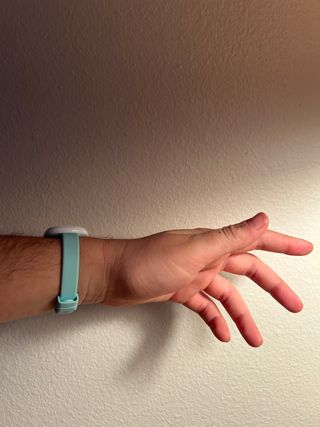
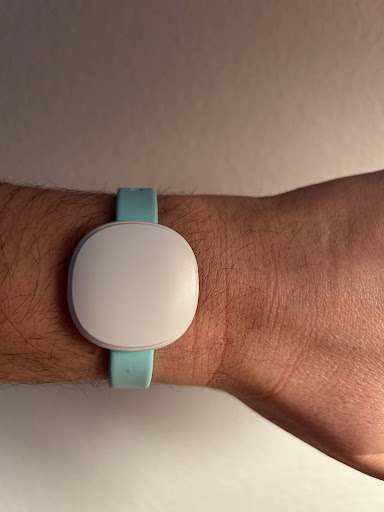
Fertility can be confusing, especially when you don’t quite know what’s going on in your body. There are a lot of misconceptions about ovulation. Your fertile window isn’t just when you’re ovulating, it’s also the five days leading up to it, with your peak fertility days being two to three days before you ovulate.
Ava is clinically proven to help identify your unique fertile window. According to their research, the Ava bracelet can identify your fertile window up to four days earlier than hormone tests that detect luteinizing hormone (LH), the hormone that’s most often measured to predict ovulation. Ava is also 50% more precise than tracking your cycle by typical period tracking apps that don’t use biometrics.
“The bracelet also tracks your stress, sleep, and other symptoms you record to give you a comprehensive look into your overall health.”
Ava isn’t just for fertility, the bracelet also tracks your stress, sleep, and other symptoms you record to give you a comprehensive look into your overall health. The bracelet gathers data all night, measuring your different biometrics 25 times per second while you’re sleeping.
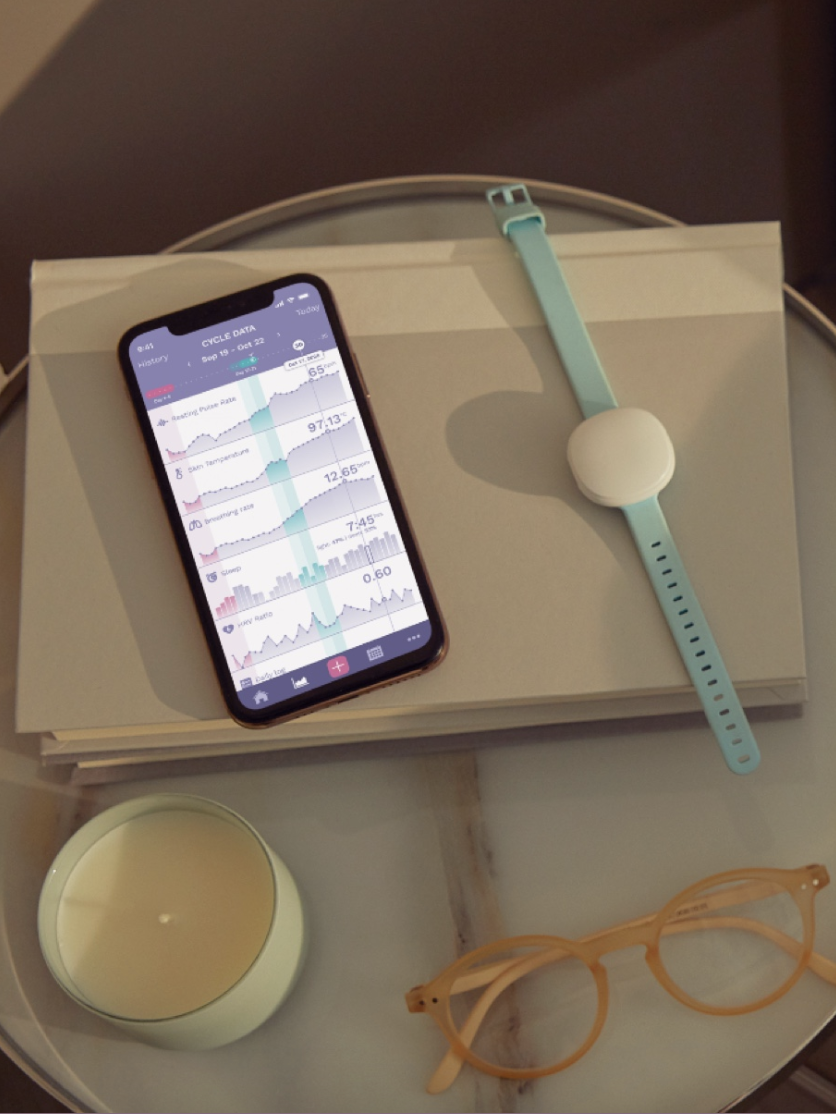
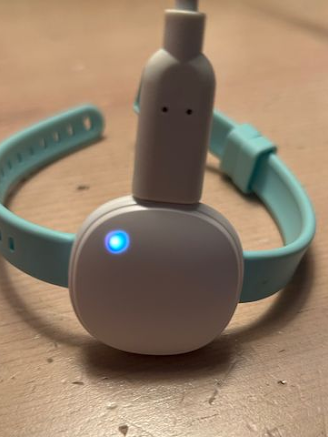
The bracelet uses different colored lights to indicate when it’s ready to record, sync, or when it needs to be charged. It also vibrates when you put it on correctly, so you’re not left wondering whether or not it’s working.
It’s important to note that Ava is only recommended for those with a cycle that’s within the 24–35 days range. Unfortunately, people with implanted electronic devices, like pacemakers, aren’t able to use Ava.
How much does the Ava Fertility bracelet cost?
When you factor in period products, fertility treatments, and taking time off thanks to cramps (hello menstrual leave), reproductive health as a whole can be incredibly expensive. For a wearable that offers so much, Ava is a pretty reasonable price. The brand also offers two different fertility bundles at different price points to make it more accessible.
The Ava Fertility Basic ($279) includes:
- The Ava bracelet
- Fertility, cycle, and pregnancy tracking app
- Membership to Ava’s exclusive online community
- Free 30-day access to Awesome Women — a platform dedicated to supporting female reproductive health through at-home test kits, premium supplements, and expert support
The Ava Fertility Plus ($309) includes all of the above plus a full refund if you’re not pregnant within 12 months, as well as their “Ultimate Guide to Getting Pregnant” e-book. I think it’s a pretty good deal considering how much research has gone into the product, and how successful it can be at helping people get pregnant.
A look inside the Ava app
Ava gathers your individual data when you’re wearing it at night. That data is then transferred to your phone where it uploads to their cloud. Your data is then evaluated for specific information about your cycle, to perform quality checks for anomalies, and to provide fertility assessments. If you’re concerned about the privacy of your data (understandably so), Ava abides by the highest security standards in the U.S. and Europe, storing data anonymously.
Okay, back to the app. When you open it in the morning, you hit “sync” and it will upload everything from the night before, showing you your resting pulse rate, skin temperature, breathing rate, sleep, and HRV ratio. You can look at daily insights and trends or download your monthly fertility cycle report which gives an overview of your cycle timeline, including the lengths of your luteal and follicular phases, ovulation, and menstruation for your last 12 recorded cycles. (It’s helpful to bring this chart to your doctor if you’re working with a fertility specialist!)
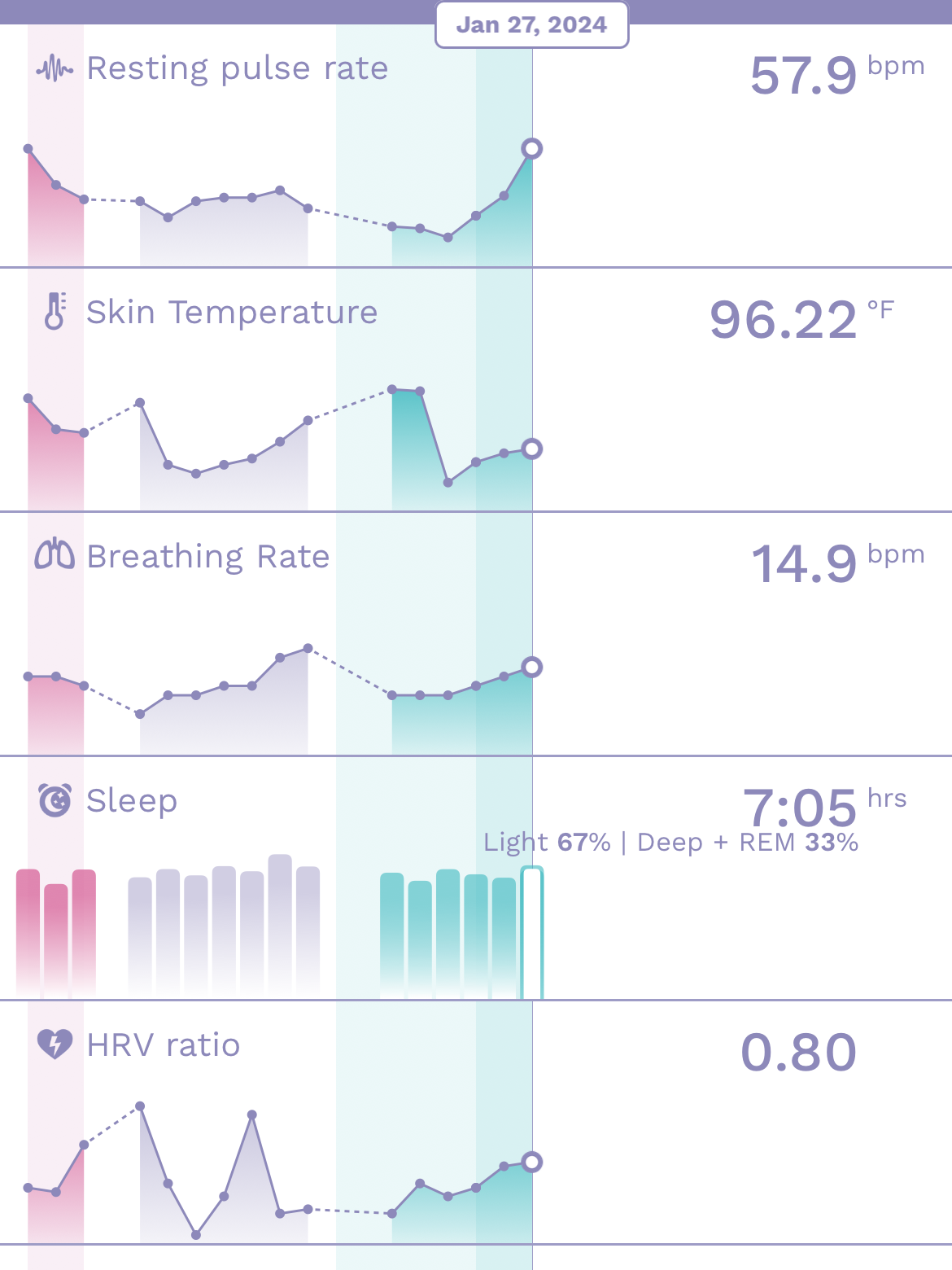
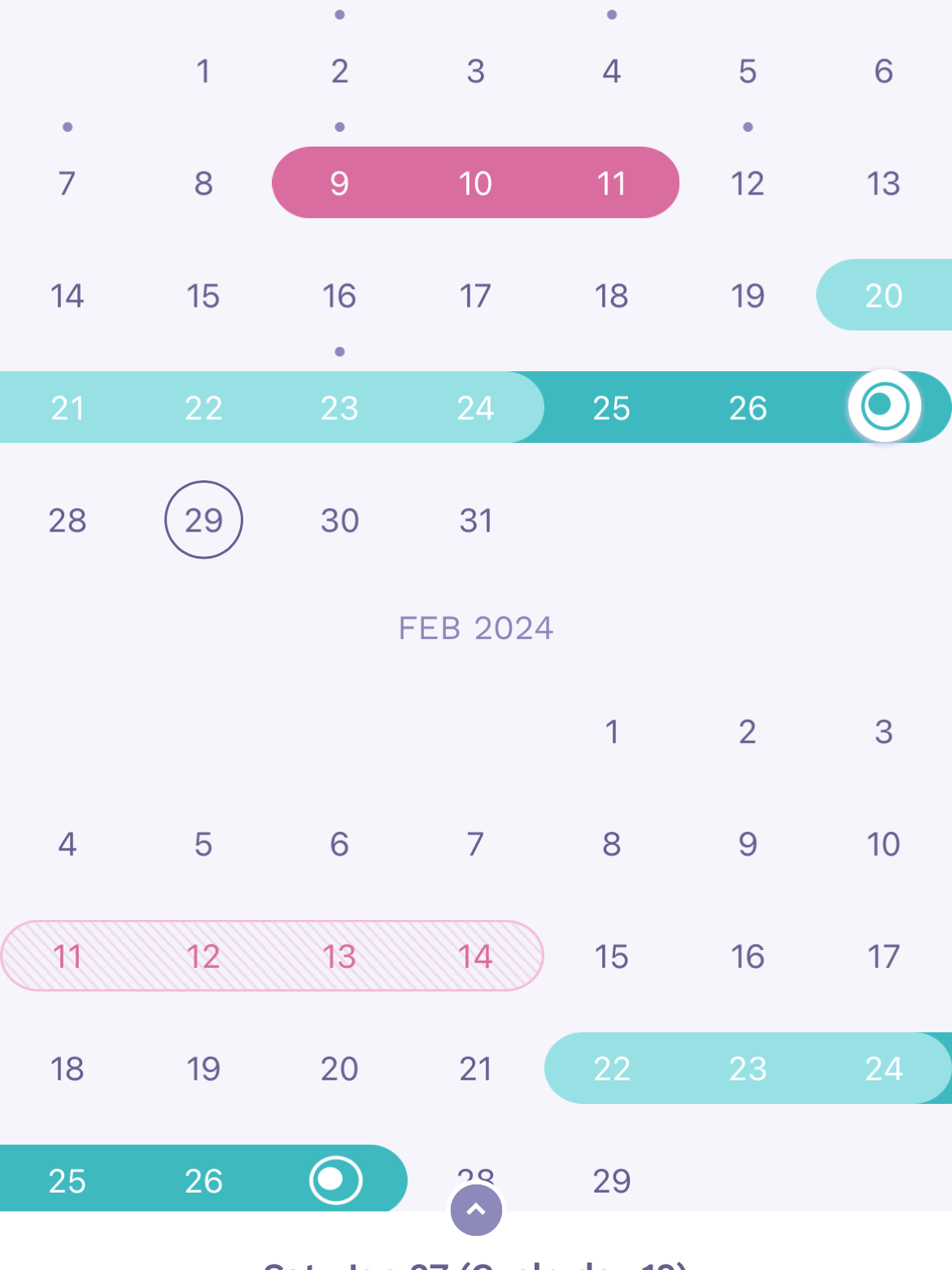
For those trying to conceive, Ava is even helpful after you become pregnant. The app guides you through your pregnancy with trend analysis, graphs, and week-by-week content about what’s going on in your body throughout your pregnancy.
Besides the biometrics that Ava tracks, you can also input all sorts of information like your cervical fluid, mood, LH levels if you’re testing that, when you’re having sex, and other symptoms like cramps and breast tenderness.
The app also offers comprehensive education. You can flip through their publication “Ava World” to find articles about everything from dealing with low sperm count when you’re trying to conceive to overcoming stress while trying to get pregnant.
Wearing Ava to sleep
Given all of the claims backing this device up, I was super excited to try Ava out. Though I will admit that I can be a bit of a Sensitive Sally, especially with what I’m wearing, so I was curious how I’d feel sleeping with a device. My first night wearing the bracelet was slightly awkward, since I’m not used to having something on my wrist (shoutout to my Apple Watch collecting dust in a drawer!), but I got used to it within a couple of nights.
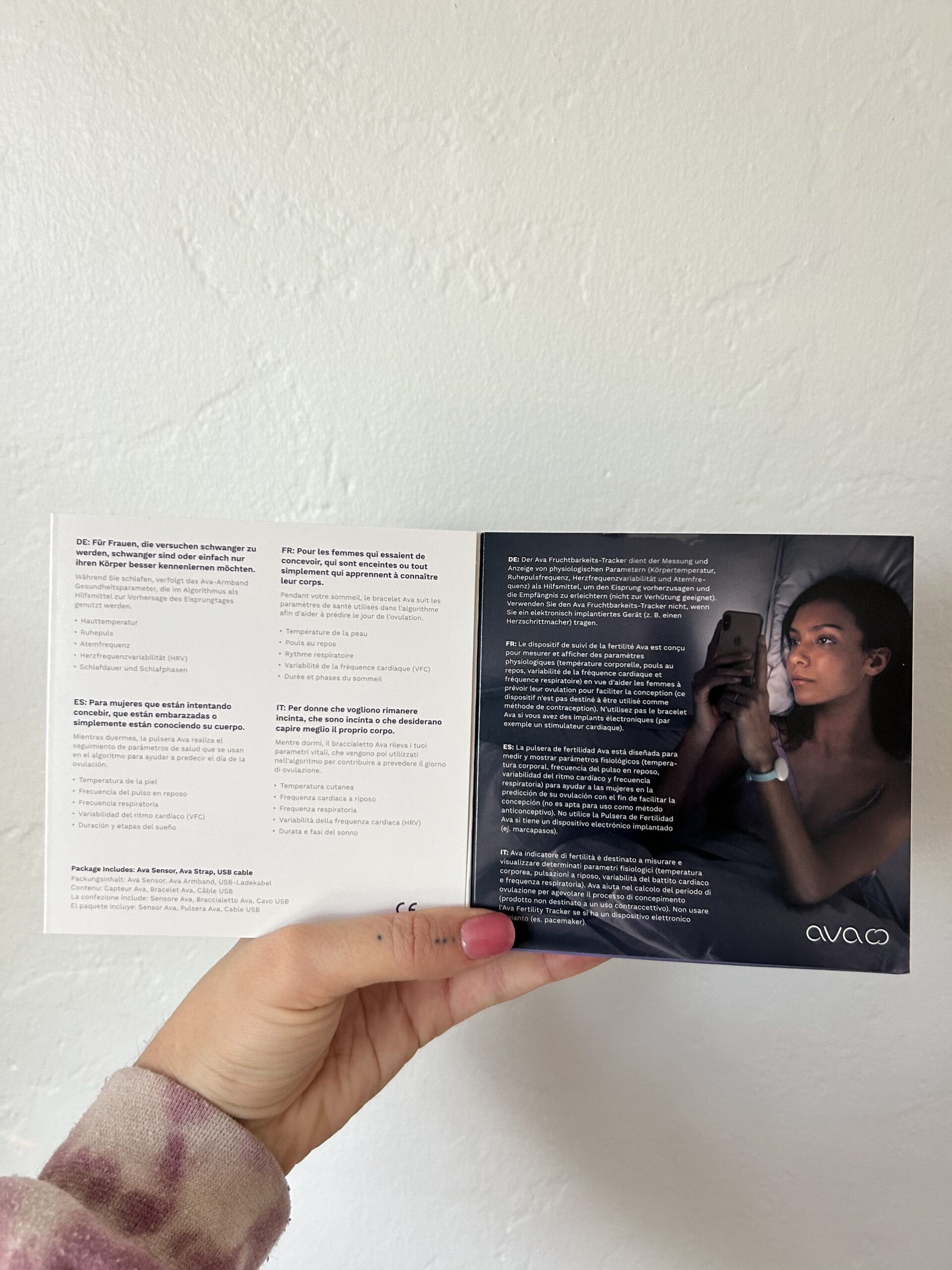
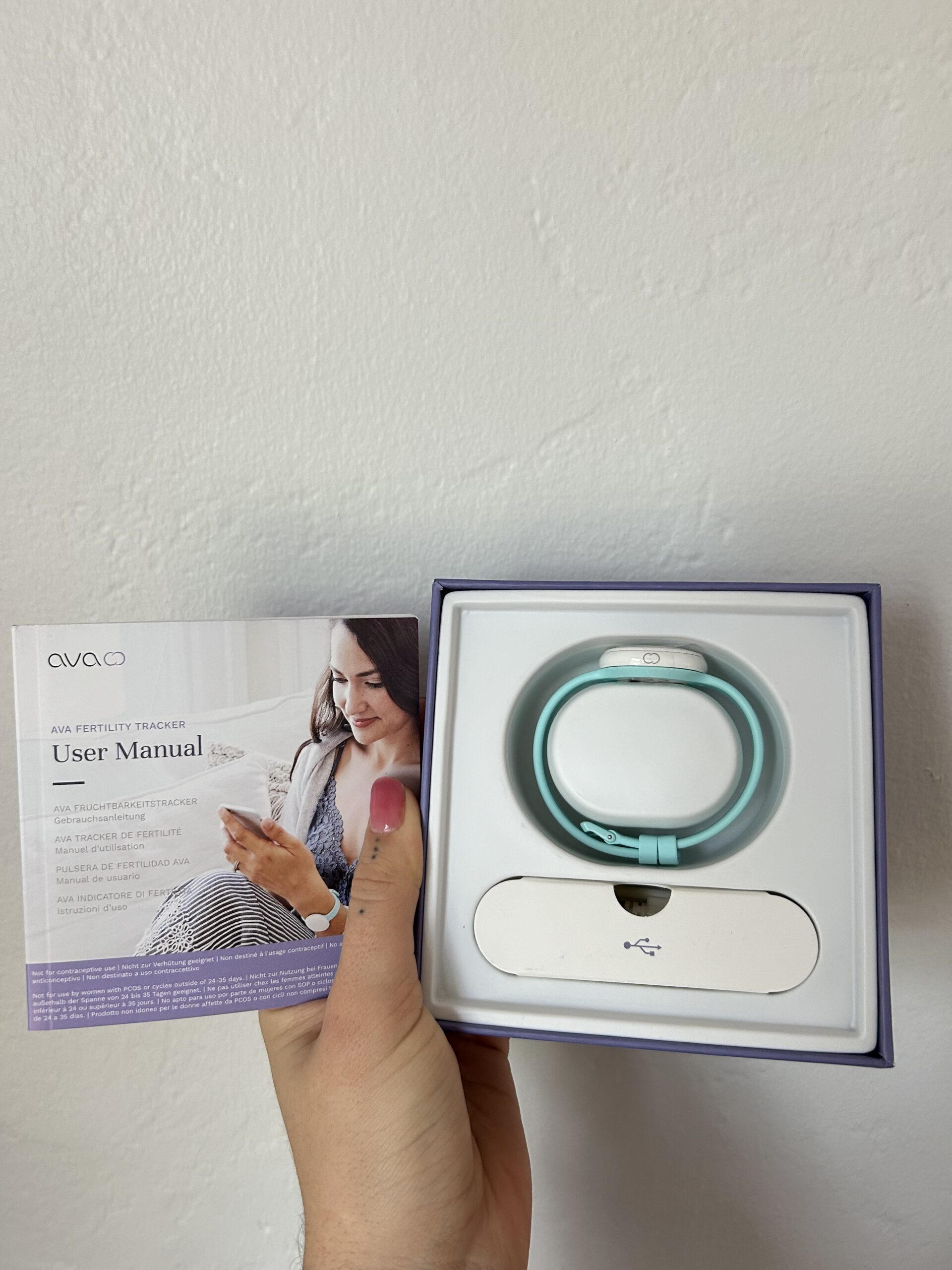
In the morning, I’m usually pretty strict about not using my phone for the first little bit after I wake up, but Ava has changed that. Beware if you want to decrease your AM phone usage! I started going to the app first thing so I wouldn’t forget to sync my data. While it would work the same if I waited 30 minutes to sync it, I feared that I would have mentally moved on to the next task by then. Now that I’m in the habit of pressing the sync button, I think I can wait a half hour and will still remember to do it. We’ll see!
“Turns out, skin temperature can more accurately detect ovulation than BBT.”
When I first started using Ava, I thought it wasn’t working because my temperature was registering so low. Word to the wise: Ava tracks skin temperature, not your basal body temperature (BBT). I had no idea that was a thing! Turns out, skin temperature can more accurately detect ovulation than BBT: Accuracy is 86.2% for wrist skin temperature and 84.8% for BBT. That’s because BBT changes 12–14 hours after you ovulate. But your eggs only survive about a day after you ovulate, so when you use BBT to predict fertility, you end up missing most of your ovulation window.
My likes and dislikes
I’m pretty in tune with my body and my cycle is pretty regular, so I generally already know when I’m ovulating and when I’ll start my period. That being said, having these extra metrics adds more depth to the relationship I have with my body and my cycle. I’m not trying to conceive anytime soon so I can’t speak to those benefits for me personally, but I still love knowing when I’m ovulating and being able to somewhat plan my life around my cycle.
“Having these extra metrics adds more depth to the relationship I have with my body and my cycle.”
Not only is skin temperature more accurate than basal body temperature, but using Ava is way less work than a basal thermometer. Even the new “smart” basal thermometers that sync to an app can be a hassle. You have to take your temperature first thing in the morning, at the same time every day, which can be tedious, versus just wearing a bracelet and pressing a button in an app. Although it would be nice in future models if the bracelet automatically synced to the app without you having to do it.
Ava measures sleep through an accelerometer that detects movement to determine your sleep stage. One minor issue I had with the bracelet was if I would wake up early, but then fall back asleep, it wouldn’t record that extra sleep time, or sometimes I think it would stop recording my sleep because I moved or something like that. Either that, or I’m getting way less sleep than I think!
“I would love it if the Ava bracelet had a battery that could last two to three nights without needing to be charged.”
My other issue is that you have to charge the bracelet every single night. While it’s not that big of a deal to plug it in every morning, I am constantly traveling. That means there’s a good chunk of days out of the month where I’m not able to leave it plugged in all day and I have to stress about plugging it in the second I get to my destination. I even charged it in my car one day during a long road trip so I could use it that night.
Another note to the company: I would love it if the Ava bracelet had a battery that could last two to three nights without needing to be charged.
Would I recommend Ava?
Overall, yes I would absolutely recommend Ava. I believe that reproductive science can help us make informed choices and deepen our understanding of our bodies. Ava can be incredibly helpful for anyone with a menstrual cycle, and is also a great tool for people who are trying to conceive through intercourse or through insemination. Accurately knowing your fertile window helps to maximize your potential for conception, which is especially important when you’re using donor sperm.
“Ava can be incredibly helpful for anyone with a menstrual cycle, and is also a great tool for people who are trying to conceive.”
These days, there are a lot of devices out there that can help you track your fertility. What sets Ava apart is their rigorous research and the fact that they’re FDA approved — not to mention the relative ease of use. Fertility can be such a difficult and emotional journey, but having an advanced tool like Ava can make it a whole lot easier.
Natasha Weiss is a Contributing Editor at Good Gear and The Good Trade. She is a Pacific Northwest-based health and wellness copywriter and full-spectrum doula. When she’s not typing away, she loves immersing herself in bodies of water, wandering through ancient forests, and anything and everything to do with food. You can learn more about her work on natashaweiss.com or connect on Instagram.
This review is not sponsored and includes the author’s personal experience. Good Gear editors were gifted this product. Read more about our review process here.

